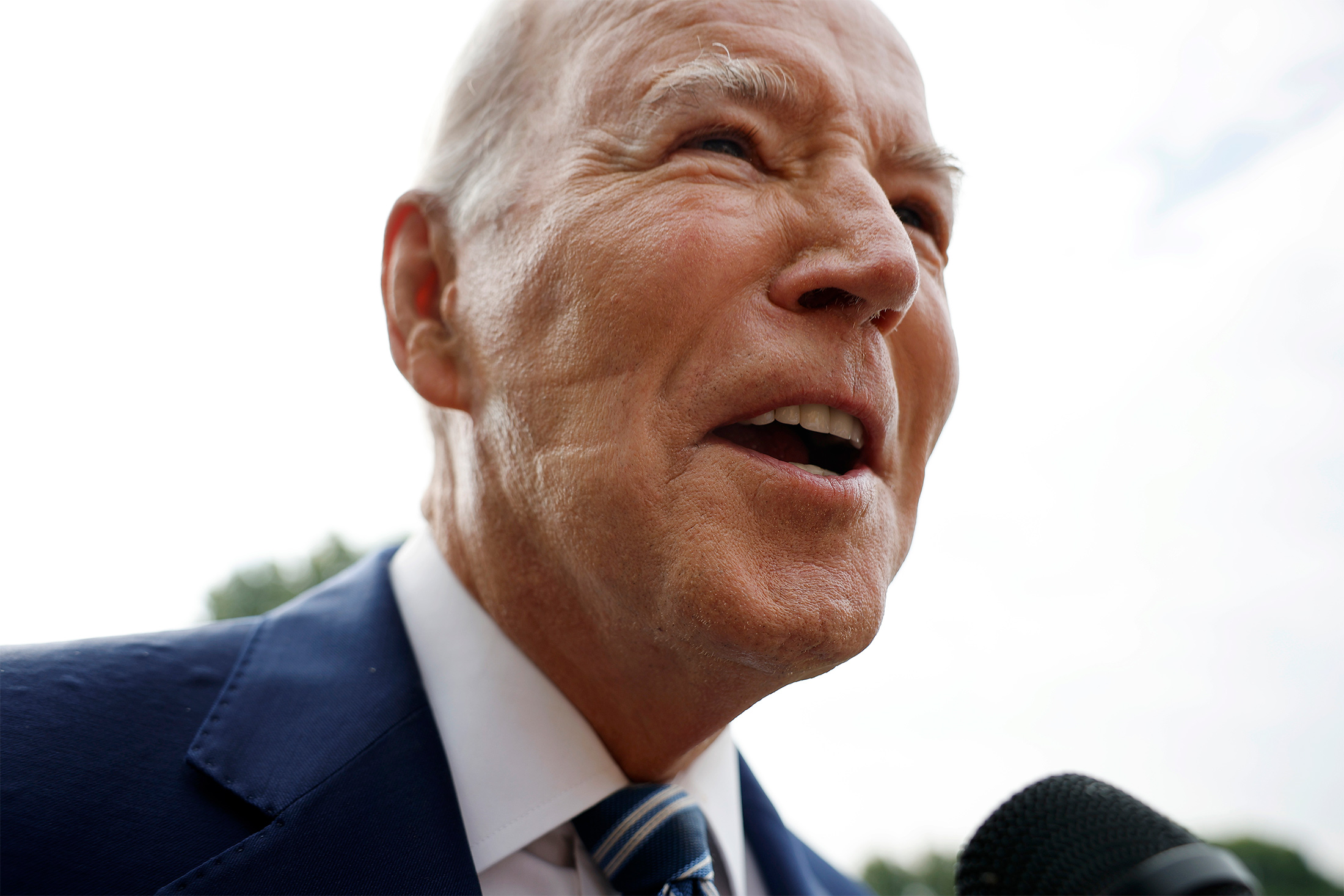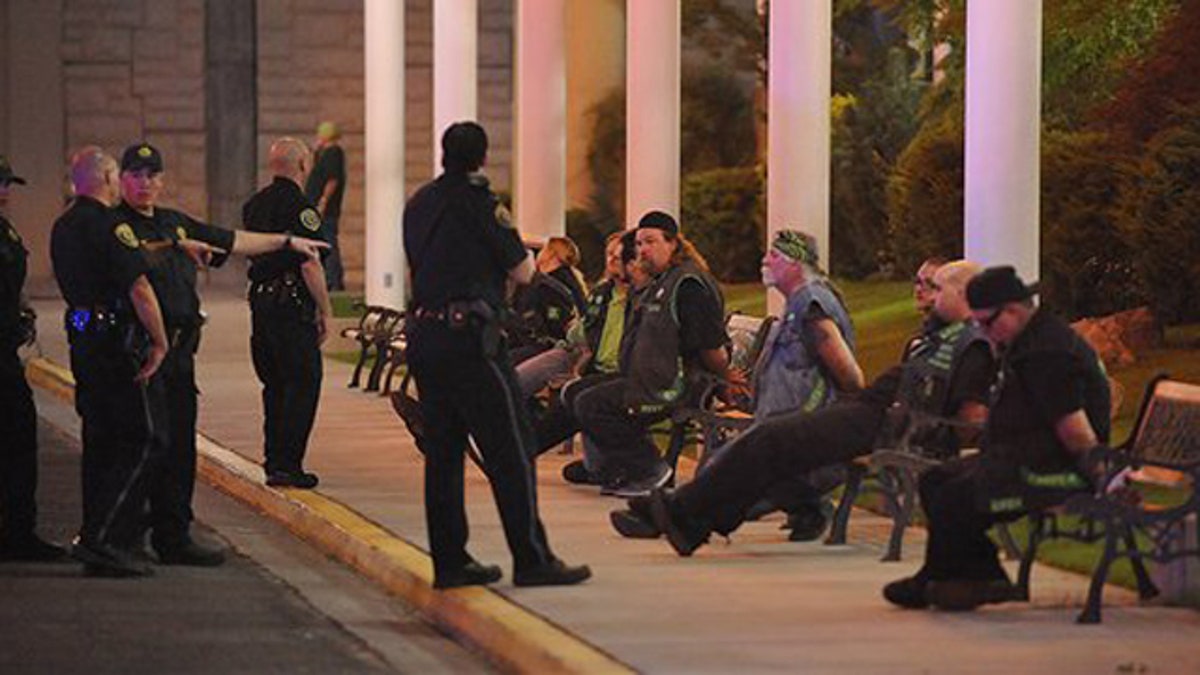The Hells Angels: An Examination Of Their Culture And Operations

Table of Contents
A History of the Hells Angels: From Post-War Origins to Global Presence
The Hells Angels Motorcycle Club's origins trace back to the post-World War II era in the United States. Born from the disillusionment and restlessness of returning veterans, the club's early members were largely comprised of ex-servicemen seeking camaraderie and a sense of belonging. This motorcycle club's history is marked by a series of significant events that shaped its evolution into a globally recognized organization. Their initial activities, while often involving reckless behavior and minor criminal offenses, laid the groundwork for their later, more extensive criminal enterprises.
The Hells Angels' global expansion is a testament to their adaptability and organizational prowess. From their humble beginnings in California, they established chapters across the United States and eventually spread their influence internationally. This growth involved periods of intense internal conflict and external rivalry with other motorcycle clubs, solidifying their position within the outlaw motorcycle culture.
- Founding in California (1948): The club's roots are firmly planted in the post-war American landscape.
- Early membership demographics and activities: Primarily ex-servicemen, involved in activities ranging from bar brawls to petty theft.
- Key chapters and their geographic locations: Chapters are strategically located across the globe, maximizing their reach and operational capabilities.
- Significant conflicts and rivalries with other motorcycle clubs: The Hells Angels’ history is punctuated by violent clashes with rival gangs, further cementing their reputation.
The Hells Angels' Internal Structure and Hierarchy
The Hells Angels Motorcycle Club operates under a rigid hierarchical structure. This highly organized system ensures the club's smooth functioning and facilitates the execution of both legitimate and illegitimate activities. At the top sits the president, responsible for overall leadership and strategic decisions. Other key roles include the vice-president, secretary, treasurer, and sergeant-at-arms, each with specific responsibilities. The initiation process is rigorous and emphasizes loyalty, obedience, and unquestioning commitment to the club's rules. Patches and insignia are significant symbols of membership and status within the Hells Angels hierarchy.
- Charter system and its implications: The charter system allows for a decentralized operational structure while maintaining unified control.
- Decision-making processes within the club: Decisions are made through a hierarchical process, with authority flowing from the top down.
- The importance of loyalty and brotherhood: Loyalty and brotherhood are paramount, fostering a strong sense of identity and collective purpose.
- Consequences of violating club rules: Consequences for violating club rules can range from fines to expulsion and, in extreme cases, violence.
Activities and Sources of Income: Legitimate and Illicit Ventures
The Hells Angels' activities encompass a spectrum of legitimate and illegitimate ventures. While some chapters engage in seemingly legitimate businesses—like motorcycle shops and events—many are deeply involved in organized crime. These activities include drug trafficking, extortion, money laundering, and other criminal enterprises that generate substantial income for the club. Law enforcement agencies worldwide dedicate significant resources to combating the Hells Angels' criminal operations. The economic impact of their actions is significant, both in terms of the financial gains they accumulate and the costs incurred by law enforcement and society at large.
- Motorcycle-related businesses (e.g., shops, events): These businesses provide a legitimate façade and potential avenues for money laundering.
- Involvement in organized crime: Drug trafficking, extortion, and other criminal activities are core elements of their operations.
- Money laundering and financial schemes: Sophisticated financial schemes are employed to conceal the origins of illicit funds.
- Law enforcement efforts to combat their illegal activities: Multiple agencies worldwide engage in ongoing investigations and operations to curtail the club's criminal activities.
The Societal Impact of the Hells Angels: Public Perception and Media Portrayal
The Hells Angels' public image is overwhelmingly negative, largely shaped by media portrayals and their involvement in criminal activities. The media often focuses on sensationalized accounts of violence and crime, contributing to negative stereotypes. This creates a significant challenge: balancing freedom of association with public safety concerns. However, it's crucial to acknowledge that not all members participate directly in illegal activities, and there are diverse opinions on the club's societal impact.
- Negative stereotypes and their impact: These stereotypes often overshadow any potential positive contributions or individual members' actions.
- Media representations (films, documentaries, news reports): Media coverage frequently sensationalizes their actions, perpetuating negative narratives.
- Public safety concerns and law enforcement strategies: Law enforcement faces the significant challenge of managing the risks posed by the Hells Angels.
- Counterarguments and alternative perspectives: Some argue that the media's portrayal is biased and fails to represent the complexity of the club's operations.
Conclusion: Understanding the Complex Reality of the Hells Angels
Understanding the Hells Angels requires a nuanced approach, acknowledging both their historical context and contemporary realities. Their operations encompass a range of activities, from legitimate businesses to sophisticated criminal enterprises. Their hierarchical structure, strict code of conduct, and global reach contribute to their enduring power and influence. The media's portrayal, often focused on criminal activities, significantly impacts public perception. However, a balanced understanding necessitates exploring diverse perspectives and appreciating the complexities of the group's multifaceted nature. Further exploration into the Hells Angels' history and operations provides a more nuanced understanding of this complex organization. Continue your research to delve deeper into the world of the Hells Angels motorcycle club.

Featured Posts
-
 Joe Bidens Post Presidency A Week Of Setbacks And Challenges
May 25, 2025
Joe Bidens Post Presidency A Week Of Setbacks And Challenges
May 25, 2025 -
 Mandarin Killings Reveal Hells Angels Evolving Business Strategies
May 25, 2025
Mandarin Killings Reveal Hells Angels Evolving Business Strategies
May 25, 2025 -
 Shop Owners Fatal Stabbing Bailed Teen Faces New Arrest
May 25, 2025
Shop Owners Fatal Stabbing Bailed Teen Faces New Arrest
May 25, 2025 -
 Francis Sultanas Contribution To The Design Of Monacos Robuchon Restaurants
May 25, 2025
Francis Sultanas Contribution To The Design Of Monacos Robuchon Restaurants
May 25, 2025 -
 Krasivaya Data Dlya Svadby 89 Par Pozhenilis Na Kharkovschine
May 25, 2025
Krasivaya Data Dlya Svadby 89 Par Pozhenilis Na Kharkovschine
May 25, 2025
Latest Posts
-
 New York Rangers Roster Changes And Their Implications
May 26, 2025
New York Rangers Roster Changes And Their Implications
May 26, 2025 -
 Rangers Shakeup A New Era In New York Hockey
May 26, 2025
Rangers Shakeup A New Era In New York Hockey
May 26, 2025 -
 Peter Laviolette Fired Impact On The New York Rangers
May 26, 2025
Peter Laviolette Fired Impact On The New York Rangers
May 26, 2025 -
 New York Rangers Change Of Mind Signals A Shift In Power
May 26, 2025
New York Rangers Change Of Mind Signals A Shift In Power
May 26, 2025 -
 New York Rangers Coaching Change Laviolettes Tenure Ends
May 26, 2025
New York Rangers Coaching Change Laviolettes Tenure Ends
May 26, 2025
